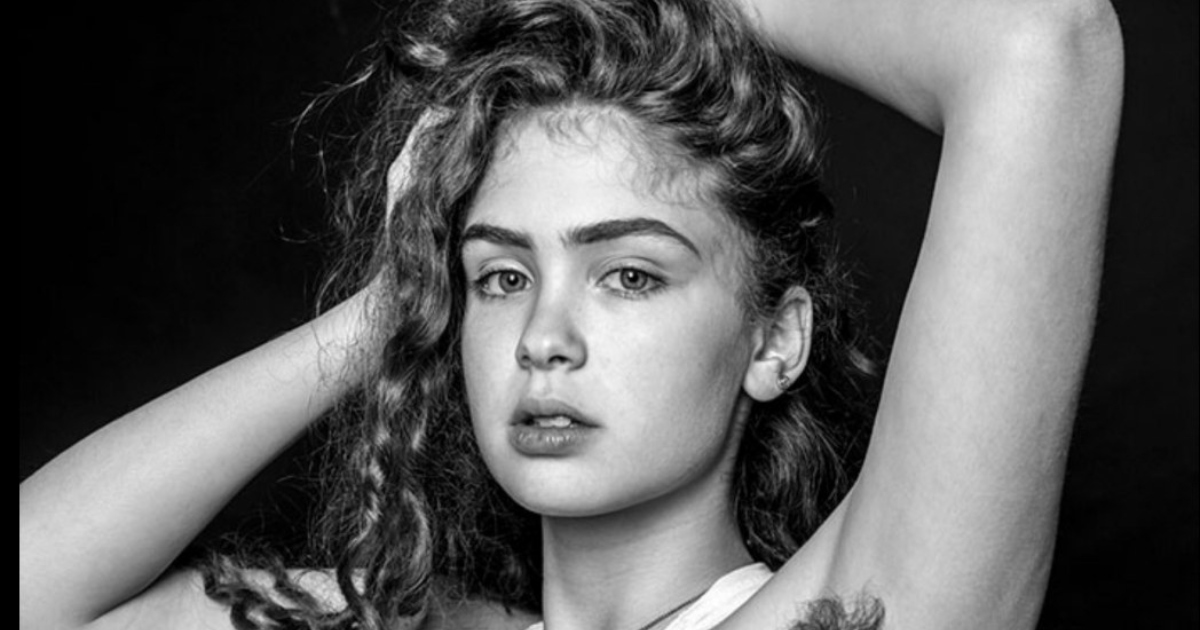A thought-provoking photo series titled “Natural Beauty” is challenging deeply ingrained female beauty standards by featuring women who have chosen to embrace their natural armpit hair. This movement encourages women to reject the societal pressure of hair removal, which has historical roots dating back to the Stone Age. In those times, primitive tools were used for hair removal, and the practice evolved over centuries. Later, Darwin’s theory of sexual selection contributed to the belief that hairlessness equated to being more “evolved” and thus more desirable, solidifying the idea of hairless femininity in the 20th century.
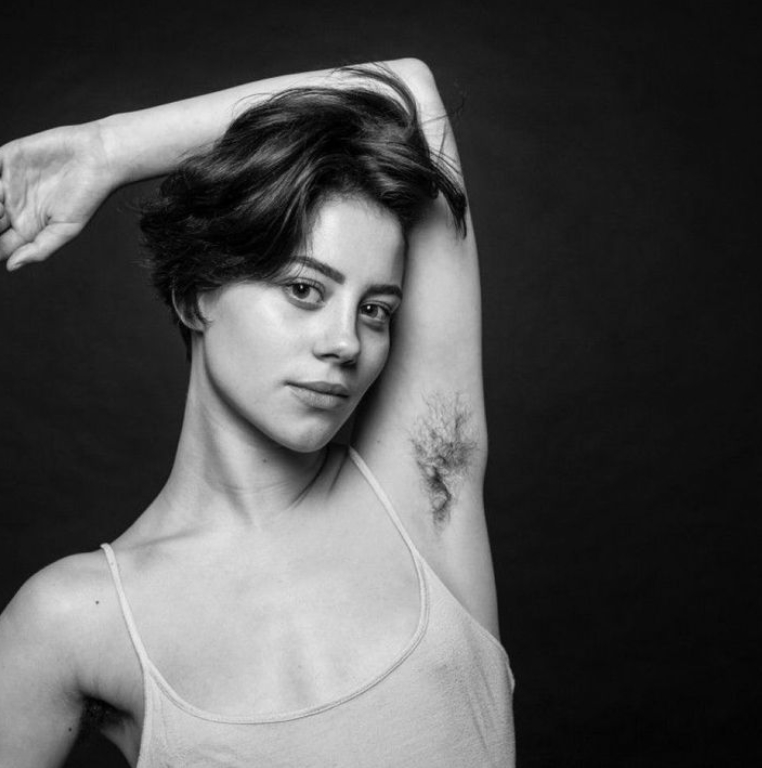
By the early 1900s, body hair removal had become firmly established as a “feminine duty,” and body hair was stigmatized as a flaw that needed correction. Author Heather Widdows highlights the deep shame associated with body hair, leading many women to feel compelled to shave. However, photographer Ben Hopper, the creator of “Natural Beauty,” seeks to disrupt this long-standing conditioning by showcasing women unapologetically embracing their natural hair. The project aims to challenge the taboo surrounding female armpit hair and question the narrow beauty standards that dominate fashion and film.
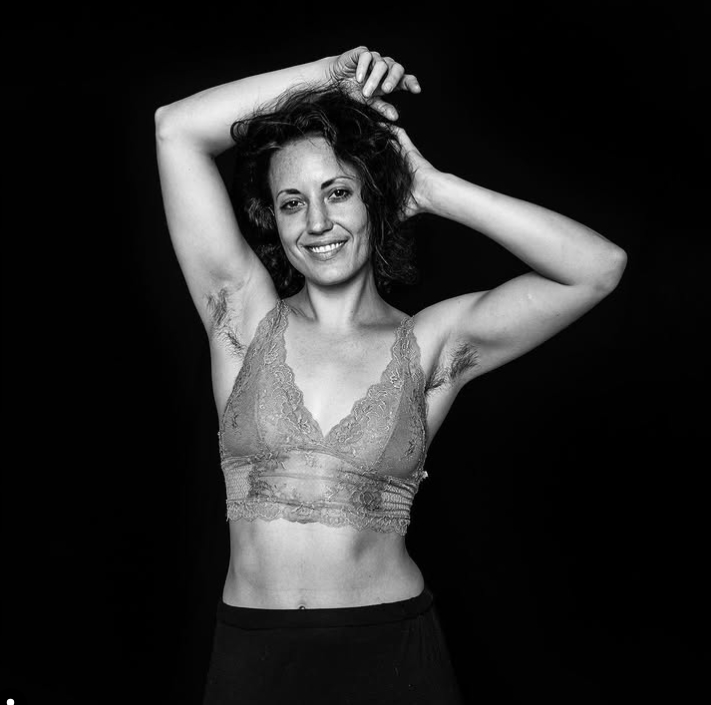
Hopper’s “Natural Beauty” series contrasts the idealized images of female beauty with the “raw unconventional look” of women with armpit hair, designed to surprise viewers and encourage a re-evaluation of traditional beauty norms. The series includes intimate stories from models and actresses who see growing their armpit hair as an empowering act of liberation. For many participants, allowing their armpit hair to grow was not just freeing, but also a reclaiming of “primal power” and strength by rejecting societal expectations.
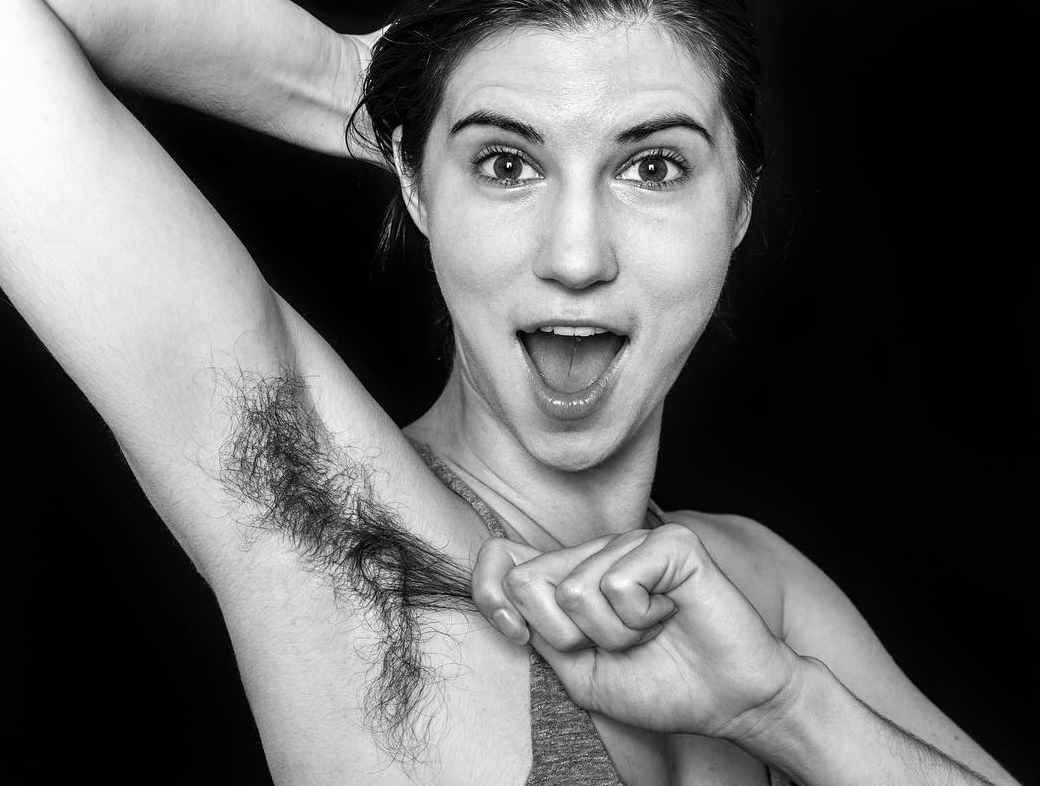
While “Natural Beauty” certainly challenges conventional beauty standards, Hopper emphasizes that his goal is not to convince all women to grow their armpit hair. Rather, he hopes to encourage a broader questioning of established norms and to present the option of embracing natural body hair as a valid choice. For some participants, such as Sienna, growing body hair was a matter of comfort rather than a political statement. This perspective echoes Emilie Bostdt’s belief that something as natural as body hair should not be viewed as a political act, yet its current societal perception highlights the oddity of rigid beauty standards.
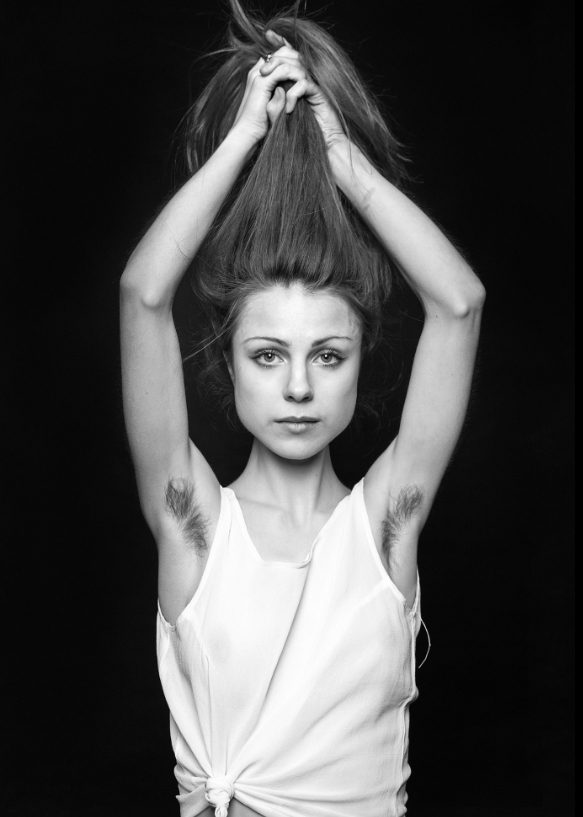
Ultimately, “Natural Beauty” contributes to a growing conversation around a more inclusive and flexible understanding of female beauty. By providing a platform for women to showcase their natural selves, Hopper’s series challenges the long-standing association of femininity with hairlessness. The movement invites both women and society to reconsider deeply rooted beauty ideals and expands the vision of what is considered acceptable and beautiful, creating space for more diverse expressions of femininity.
